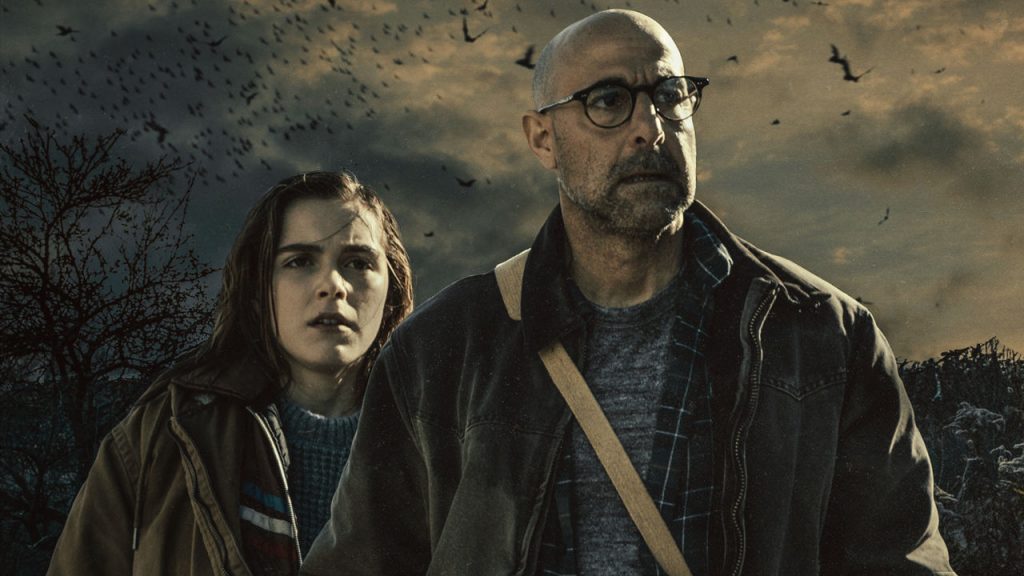Written by: Sierra Porter | Staff Writer
It’s been almost four full years since the Covid-19 pandemic, when lives were completely changed in an instant — forcing people to stay inside, away from friends, family and the things they love most. One of the many things that were missed was amazing concerts. This year, artists and bands everywhere can finally perform, once again, with no restrictions. Here are the summer concerts coming to Oregon:
June Concerts:
Vampire Weekend — The “Only God Was Above Us” tour is June 19 at the Hayden Homes Amphitheater located in Bend, Oregon.
Third Eye Blind & Yellowcard — The “Summer Gods” tour is taking place June 14 and will also be at the Hayden Homes Amphitheater in Bend.
Cavetown- Indie-rock artist, Cavetown, is stopping by June 14 to perform at McMenamins Historic Edgefield Manor in Troutdale, Oregon.
Cage The Elephant — Cage The Elephant is performing their “Neon Pill” tour at the Hayden Homes Amphitheater June 24.
July Concerts:
Noah Kahan — Up-and-coming artist, Noah Kahan, is performing his “We’ll All Be Here Forever” tour July 1. The venue is located in Ridgefield, Washington, but if one can make the drive it would be worth it.
YG — Rap artist, YG, is coming to the Roseland Theater July 10 in Portland.
Amtrac — American DJ, Amtrac, is bringing his electric music to Portland at the Holocene nightclub, on July 11.
Blink-182 with Pierce The Veil — Mainstream rock band, Blink-182, shocked the world when they announced their “One More Time” album tour, featuring legendary rock group, Pierce The Veil. This tour will be July 13 at the Moda Center in Portland, Oregon.
A Day To Remember — Florida rock band, A Day To Remember, is performing their “The Least Anticipated Album” tour July 14 at the Moda Center.
Portugal The Man — Adding to their hundreds of previous tours, Portugal The Man is performing July 20 at the McMenamins Historic Edgefield Manor located in Troutdale, Oregon.
August Concerts:
Alanis Morissette — The “Triple Moon Tour” will be taking place Aug. 4 at the Moda Center.
Wallows — The “Model Tour” is Aug. 6, and the group will be at the Moda Center in Portland.
Jhene Aiko — Performing her “Magic Hour” tour, Jhene Aiko will be taking the stage at the Moda Center Aug. 8. Tickets are selling fast, so get them while still available.
Olivia Rodrigo — Recent up-and-coming pop artist, Olivia Rodrigo, will be performing her “GUTS” world tour in Portland at the Moda Center Aug. 10.
Fitz And The Tantrums — This iconic pop group will be performing their “Good Nights” tour Aug. 12 at the Roseland Theater.
Hobo Johnson & The Lovemakers — Rap artist, Hobo Johnson, is bringing his crew to perform at the Roseland Theater Aug. 14.
Foo Fighters — Legendary group, Foo Fighters, is performing their “Everything Or Nothing At All” tour, Aug. 16, at Providence Park in Portland.
Peso Pluma — Latin artist, Peso Pluma, will be bringing his “Exodo” tour to the Moda Center Aug. 17.
Elle King — King is taking the stage Aug. 20 at the Revolution Hall located in Portland.
Twenty One Pilots — This iconic rock group is performing their “Clancy World Tour” at the Moda Center Aug. 21.
$NOT w/ Cochise — These two up-and-coming rap artists are performing at the Roseland Theater Aug. 22.
Kid Cudi — “INSANO: ENGAGE THE RAGE” tour will be stopping at the Portland Moda Center Aug. 22.
$uicideboy$ — The $uicideboy$ are bringing their highly anticipated “Grey Day” tour to the Moda Center Aug. 25. Tickets are selling fast, get them while still possible.
Dave Matthews Band — Still performing after 27 years, the Dave Matthews Band will be continuing on their legacy at the Hayden Homes Amphitheater Aug. 27.
Kings Of Leon — The “Can We Please Have Fun” tour is coming to Portland this summer as the band will be performing at the Moda Center Aug. 28.
Bonus September Concerts:
Jelly Roll — Performing his amazing “Beautifully Broken” tour, Jelly Roll will be performing at the Moda Center Sept. 1.
Def Leppard w/ Journey — These iconic rock groups took the world by storm announcing this duo tour. They will be performing at the Moda Center Sept. 3.
Future w/ Metro Boomin — Rap artists, Future and Metro Boomin, are performing their “We Trust You” tour at the Moda Center Sept. 7.
The Script — This soul rock group will be performing at the Roseland Theater Sept. 8.
Mitski — Alternative artist, Mitski, is bringing her beautiful music to Portland Sept. 21, performing at the Moda Center.
Childish Gambino — Shocking fans everywhere with his “New World” tour, Gambino will be performing at the Moda Center Sept. 24.
Green Day — This alternative rock band will be performing their “Saviors Tour” Sept. 25 at Providence Park.
Boogie w/ a Hoodie — Performing his “Better Off Alone” tour, Hoodie will be taking the stage at the Moda Center Sept. 25.
Contact the author at howlstaffwriter@wou.edu



